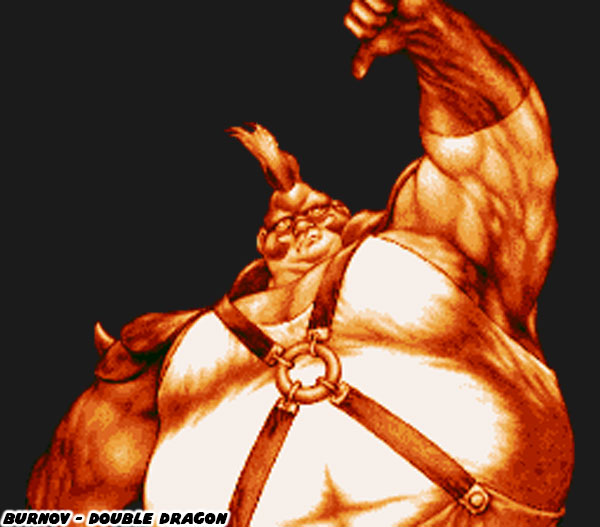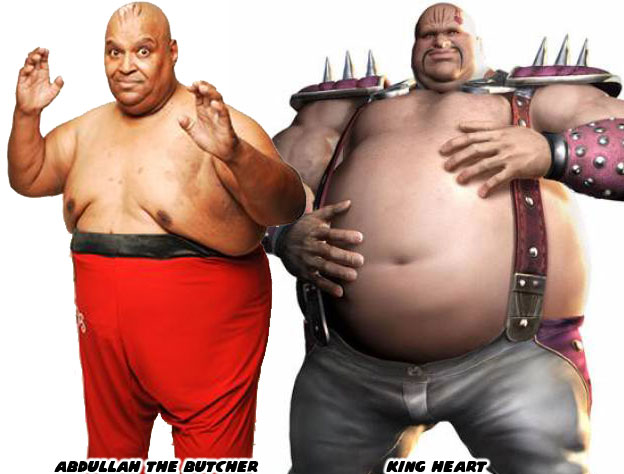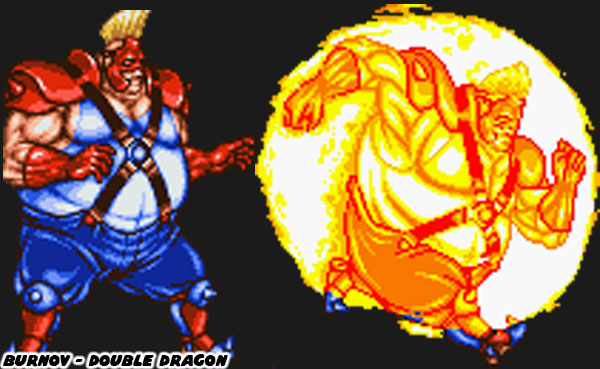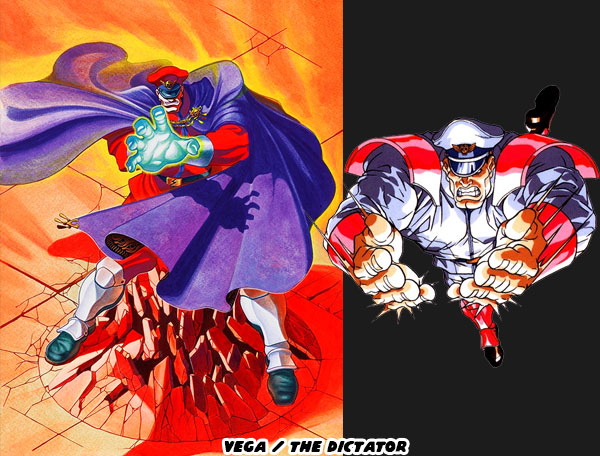





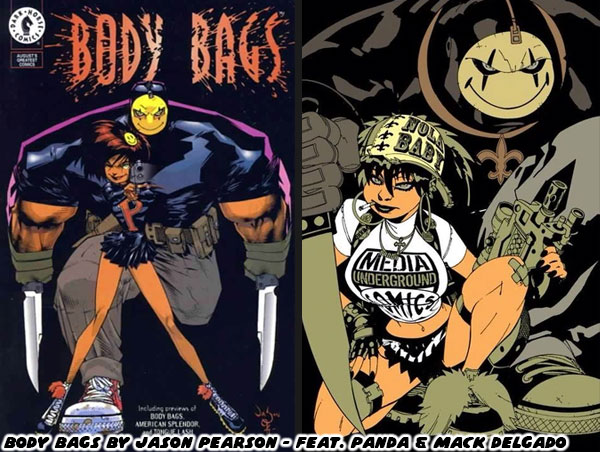


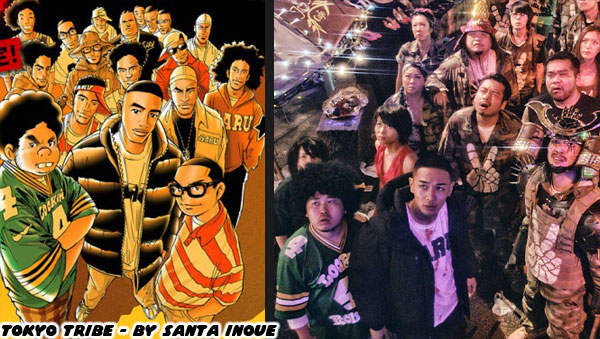
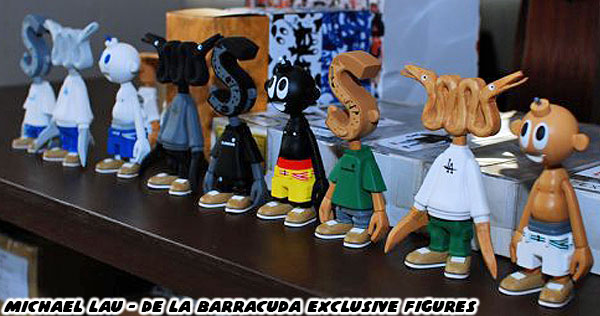

A blog about my interests, mainly the history of fighting games. I also talk about animation, comic books, car culture, and art. Co-host of the Pink Monorail Podcast. Contributor to MiceChat, and Jim Hill Media. Former blogger on the old 1UP community site, and Capcom-Unity as well.












Hello friends, hope you are having a good week so far. My back is killing me. I might have pulled something moving furniture this past weekend. Hopefully it will be better by next weekend as the missus and I will be painting a room. What have you been up to? Right now we're in the early days of the Olympics. What do you think so far? Did you like the opening ceremonies? Are there any sports you are following? For some reason I was thinking about cycle racing and one of my favorite cycle racing games.
Chances are you've never heard of Clash Road, in all my years I've only seen the cabinet in the wild three times. Two in an arcade and one in a liquor store. The game was never ported over to the consoles as far as I can remember. It's a shame too, it's like the version of pro cycling that should be real and everyone should play! Players are riding in a no-holds-barred bike race. Despite the sponsor logos and authentic looking gear the bikers actually are allowed to punch each other and run opponents off the road. If I could describe the gameplay mechanics think of a mash up between the skateboarding section of T&C Surf Designs and Road Rash. Players have to worry about keeping pace and trying not to lose too much energy before the end of a race. The calorie count that each character has is like the fuel gage in most classic racing games. Players can get more energy by running down joggers, whom I guess give up their water bottles? The majority of the game is avoiding obstacles by jumping over them with a well timed bunny hop while backhanding rivals. Players can collect turtles with letters on their backs. If players spell out "Clash Road" they become temporarily invincible and can plow down opponents. I loved the nuance and control of the game. I would line up my bike with my rivals and then bunny hop right onto their back tire, sending them flying. Often times I didn't need to throw a punch as a simple jump could topple the toughest racer.

Clash Road was also the first game where I saw a burly fighter with a mohawk and beard. If I didn't know better this game was the first appearance of Zangief almost 8 years before Street Fighter II. However the title was not from Capcom but instead by a company known as Woodplace. That studio was perhaps better known for creating Ring King. It was a semi-popular arcade boxing game that was ported over to the NES by Data East. As far as fighting games went Ring King was a pretty good arcade title. There were some questionable elements in the game but these didn't become apparent until 1UP pointed them out in one of the funniest videos ever.
Woodplace managed to make bicycle road racing more masculine and violent than the actual sport yet they sort of did the opposite to boxing...

So those are the two sports type games that I wanted to mention during this Olympics period. I do think that isometric boxing was done better than Ring King however. Taito's Kageki came out in 1988 and was a more well-rounded fighting game with less questionable elements. Are there any sports games that you are playing during these few weeks? Tell me about them in the comments section.
As always if you would like to sponsor me please visit my Patreon page and consider donating each month, even as little as $1 would help make better blogs and even podcasts!Hello friends, yesterday I talked about some buddy comic book characters that would make for great videogame heroes. As for what single character would make for a great videogame. How about Nixon from the graphic novel Hard Boiled?

The cyborg detective worked the streets of a very dystopian future Earth. The mix of noir and cyberpunk was amazing. It would take a very big studio to recreate the world that Frank Miller and Geoff Darrow presented. The game I imagine would be Crackdown meets State of Emergency. Those were two games that flew in under the radar but presented enough ideas to warrant another look.

If you could nominate one graphic novel to get the videogame treatment which would it be and why? The first person who says the Watchmen in a Lego format gets a boot to the head. As always if you would like to sponsor me please visit my Patreon page and consider donating each month, even as little as $1 would help make better blogs and even podcasts!






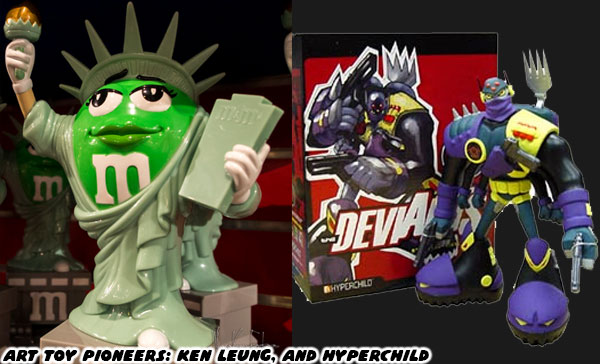




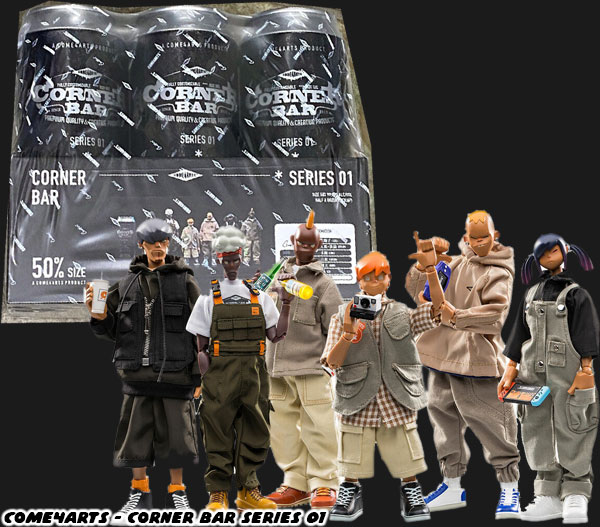

Hello friends, how was your weekend? I hope it went well. Things didn't go quite as planned on my side. Ended up running a lot of chores and missed the book signing. I hope to catch up with Dwayne Vance at a later date to talk about his new book a little further down the road. Right now I'm planning out some new projects and working on my portfolio. What did you guys and gals get up to this weekend and what do you have coming up? One thing I hadn't done in a long while was work on a new illustration. I decided to take a simple graphic and try to recreate it on the computer. I found one from the classic comic book ad for Count Dante.

It turns out that the real Count Dante was a character and a half. Martial artist, self-promoter and Playboy hairstylist? There had been dueling documentaries being produced over the past decade but only one looks like it will actually be coming out. I'm a big fan of the martial arts myth, especially the true stories of the fighters that inspired the legends, and in the case of Count Dante, the urban legends.
Are there any odd characters you wish you knew more about? As always if you would like to sponsor me please visit my Patreon page and consider donating each month, even as little as $1 would help make better blogs and even podcasts!
As I'm going through the old comics to share with the little gal I can't help but wonder where the fun went in comic books. Sometimes the storylines and characters take themselves too seriously.

I stumbled across one of the best parodies of film-meets-comic book characters ever. Featuring two unlikely but very complimentary sources. The "Main Man" Lobo getting put into the titanium body of a Robocop. The result of which was a crazy send up of law enforcement gone too far.

With fun designs and lots of violence I'm wondering why DC didn't bother revisiting the character. LoboCop would make for a fun videogame. Perhaps the arcade mechanics of Robocop, plus the comedic timing of Sunset Riders. It would certainly much better than the Lobo videogame that never came out.

I guess there was the good and bad in the 90's now that I think about it. Comics were fun but every quick-buck videogame was a fighter. It's a darn shame too.
As always if you would like to sponsor me please visit my Patreon page and consider donating each month, even as little as $1 would help make better blogs and even podcasts!


